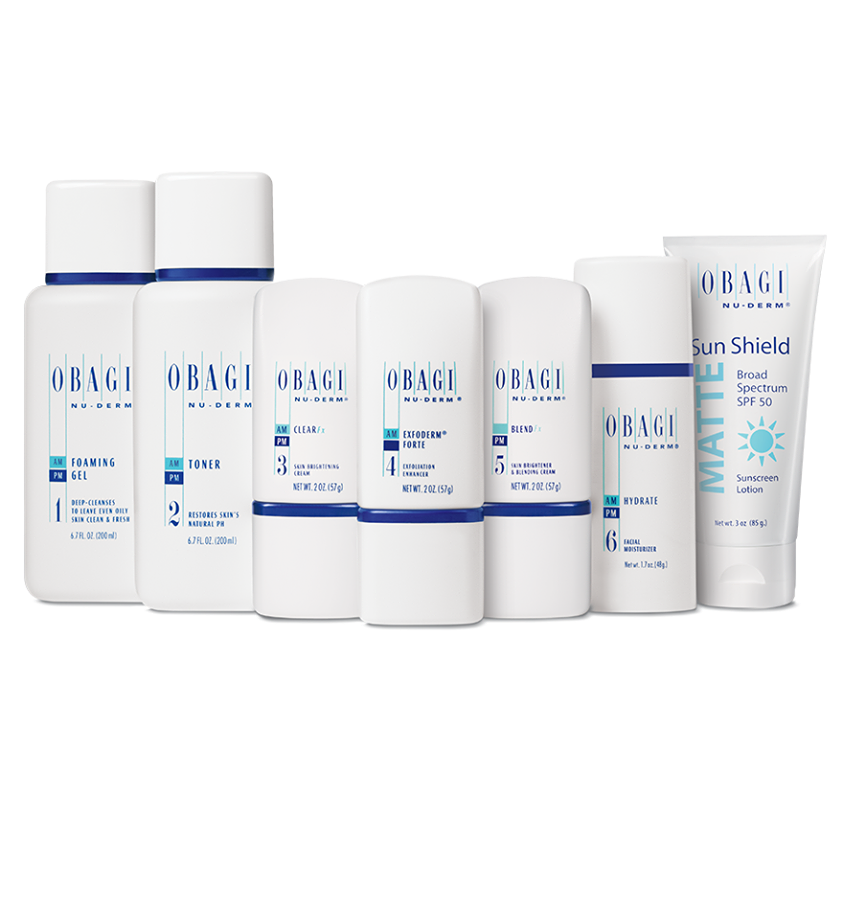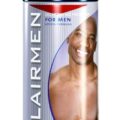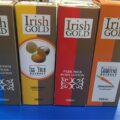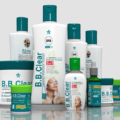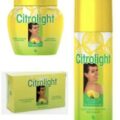Obagi skin care systems are some of the most effective hyperpigmentation, anti-wrinkle, and anti-aging treatments on the market. This world-renowned brand is the #1 physician-dispensed skincare brand in the world, operates on a systems platform, which started with the creation and development, in 1988, of the groundbreaking Nu-Derm system, consisting of high quality, targeted, potent topical products, which when used together as a system results in substantial skin improvements: truly healthy, more radiant skin at any age.
The Obagi treatment systems focus on the treatment of specific common skin conditions, such as sun damage, dull skin, fine lines, acne, and pigmentation, creating a balanced skin tone, increasing the skin’s own ability to generate moisture, modulating oil production, and increasing the skin’s tolerance to external factors. The results achieved by patients all over the world, have propelled Obagi Skincare to become one of the most recognized and trustworthy global skincare brands.
Why Do People Bleach Their Skin?
People who have birthmarks, moles, or other hyperpigmentation conditions might consider bleaching as an option to return their skin to a more uniform tone. Others just bleach due to the need to fit in society. Others believe that when you are light-skinned, people recognize you more and want to associate with you.
However, there is no health benefit to skin bleaching or lightening. Results aren’t guaranteed and there’s evidence that skin lightening can result in serious side effects and complications. From a medical standpoint, there’s no need to lighten the skin. But if you’re considering skin bleaching, it’s important to understand the risks.
What is hydroquinone?
Hydroquinone also known as benzene-1,4-diol or quinol, is a skin-lightening agent in many skincare products. It bleaches the skin, which can be helpful when treating different forms of hyperpigmentation.
Historically, there’s been some back-and-forth on the safety of hydroquinone. In 1982, the U.S. Food and Drug Administration recognized the ingredient as safe and effective. Several years later, concerns about safety prompted retailers to pull hydroquinone from the market. The FDA went on to discover that many of the products in question contained contaminants like mercury. They established that these contaminants were behind reports of adverse effects. When you apply a skin bleaching product to the skin, such as hydroquinone, it decreases the number of melanocytes in your skin. This can result in lighter skin and a more even appearance to the skin.
Does Obagi Cream Contain Hydroquinone?
The Obagi Nu-Derm Clear contains 4% hydroquinone that helps correct hyperpigmentation, such as dark spots, sun spots, age spots, melasma, and other types of discoloration, for a healthier-looking, more even skin tone. Obagi hydroquinone products were recalled in Canada following changes in regulation. As of June 30, 2019, products containing hydroquinone greater than 2% will require a prescription from a healthcare practitioner to be sold in Canada and valid market authorization.
The Clear Skin Bleaching & Corrector Cream contains 4% hydroquinone to correct discoloration and even out your skin tone. While Blender Skin Lightener and Blending Cream a unique formula that promotes the gradual lightening of hyperpigmentation also comes with 4% hydroquinone. All Obagi skincare products recommended to help address hyperpigmentation and melasma do require a valid prescription. Obagi skin care products contain prescription-strength formulations and are available only through physicians, medical spas, and other skincare and medical professionals.
Skin bleaching side effects
A number of countries have banned the use of skin bleaching products because of the dangers associated with them. In 2006, the Food and Drug Administration (FDA) also issued a notice that over-the-counter (OTC) skin bleaching products are not recognized as safe and effective. The products were deemed not safe for human use based on a review of evidence. Skin bleaching has been associated with a number of adverse health effects.
Before buying any skin-lightening product make sure you check the ingredients before you buy it. Avoid it if hydroquinone, corticosteroids, or mercury are listed in the ingredients, or if the product does not list the ingredients.
Creams that contain hydroquinone, corticosteroids, or mercury, which have not been prescribed by a doctor, are banned in many countries because they can cause serious side effects if used incorrectly.
Many skin-lightening creams containing natural ingredients are also available. These are legal and unlikely to be harmful, but there’s no guarantee they work.
Skin lightening precautions
Skin lightening poses several risks. If you try to lower melanin, you may have:
- Higher chances of sun damage. Less melanin means less protection from the sun’s rays. This raises the risk of wrinkles, uneven texture, and discoloration.
- Increased risk of skin cancer. The high risk of sun damage also increases your chances of developing skin cancer.
- Irritation and sensitivity. The actual process of skin lightening is harsh on the skin. Many treatments can cause side effects like redness, itchiness, and contact dermatitis.
Skin lightening treatments can temporarily reduce your skin’s melanin production. Most of them work by suppressing the enzyme that’s needed to form melanin.
However, aside from wearing sunscreen and limiting sun exposure, you can’t lower your body’s overall melanin production. Permanent reduction isn’t possible, since melanin formation is determined by genetics.
If you have hyperpigmentation, ask a doctor how to reduce melanin in the affected areas. They can suggest the appropriate treatments or remedies for your needs.

